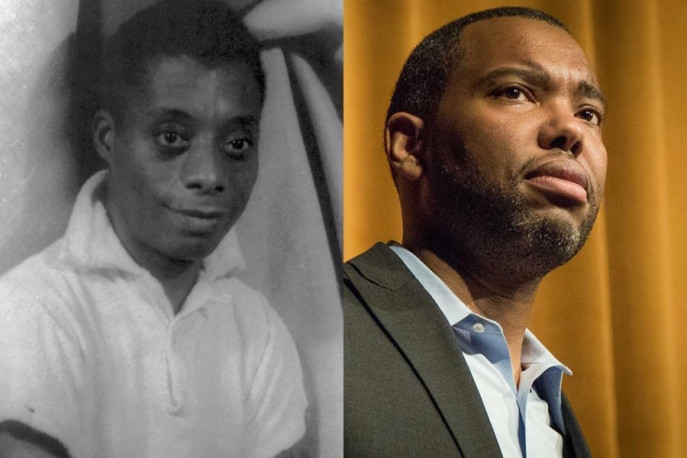
By Ellen C. Caldwell
for JSTOR Daily
Originally scheduled with an October release date, Ta-Nehisi Coates’ new book was rushed for an early publication in light of both the terror in Charleston and the timely, urgency of his message. Between the World and Me was just released July 14th and the internet is already a flurry with rave reviews and must-read admonishments from New York Magazine, The New Yorker, and Slate; along with a much-contested critique by Cornel West and wildly white-privilege-fueled op-ed by David Brooks.
Toni Morrison herself endorsed the book, saying, “I’ve been wondering who might fill the intellectual void that plagues me after James Baldwin died. Clearly it is Ta-Nehisi Coates. The language of Between the World and Me, like Coates’s journey, is visceral, eloquent, and beautifully redemptive.”
But Morrison is not the only one comparing Coates’ precise narrative voice, beautifully artistic prose, and urgent message to that of Baldwin. Coates himself framed the book as a letter to his son, just as Baldwin structured one of his seminal 1963 essays in The Fire Next Time as a formative letter to his nephew. Coates uses this purposeful homage to pick up Baldwin’s work years after his death in 1987.
To ground Coates’ new work alongside Baldwin’s, it is helpful to reflect back upon The Fire Next Time, examining the ways in which Baldwin’s words were received at the time and exploring the weight they carried their lasting legacy.
